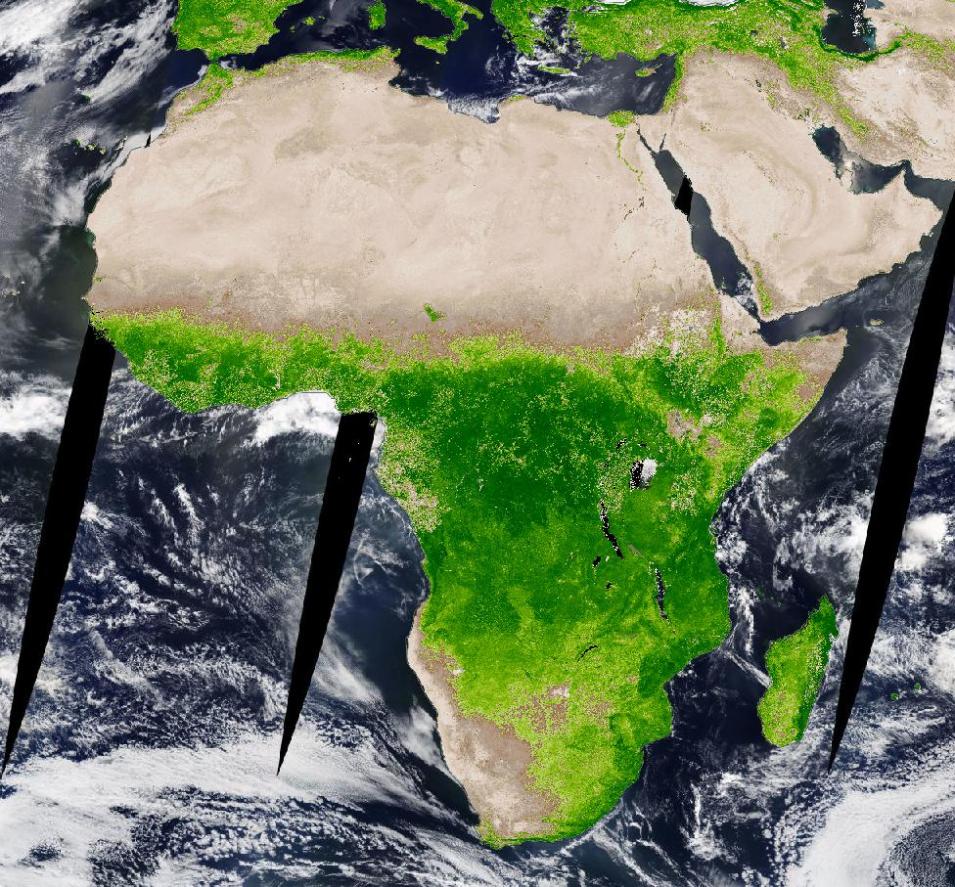Dr. David Lagomasino, Assistant Professor, Department of Coastal Studies, East Carolina University, Greenville, NC; Research Scientist, East Carolina University Coastal Studies Institute, Wanchese, NC
Research Interests: Dr. Lagomasino uses a combination of field data, environmental data, and remotely-sensed observations to study the impacts of human and natural disturbances on coastal ecosystems and the responses of the coastal landscape (both on land and under the sea) to these pressures.
Research Highlights: Vegetation living in coastal environments face a never-ending struggle of surviving highly saline water, constantly shifting sediments, and periodic destructive storms. That mangroves thrive in these conditions is a testament to not only their adaptability, but also their sheer resiliency.
Comprising shrubs or trees that grow in coastal saline or brackish water, coastal mangrove forests occupy a relatively small global ecological footprint. However, these biomes are some of the most ecologically varied areas on Earth and the foundation of the coastal food web. As scientists like Dr. David Lagomasino are quick to point out, mangrove forests are important ecosystems for maintaining the planet’s health through their work as carbon sinks.
Lagomasino’s research focus is on coastal ecosystems and global coastline change, and mangrove forests figure prominently in his work. Understanding the structure and function of coastal systems is critical for determining their health and development. Remotely-sensed data products that are freely available through NASA’s Earth Observing System Data and Information System (EOSDIS) help enable him to conduct research on a global scale.
A principal EOSDIS source for Lagomasino’s data is NASA’s Oak Ridge National Laboratory Distributed Active Archive Center (ORNL DAAC). A partnership between NASA and the U.S. Department of Energy, NASA’s ORNL DAAC is responsible for EOSDIS data related to biogeochemical dynamics, ecology, and environmental processes.
In particular, Lagomasino relies on ORNL DAAC-distributed datasets that are part of the NASA Carbon Monitoring System (CMS). This is not surprising since mangrove forests are one of the most carbon-dense ecosystems in the world and, as noted by the Smithsonian Institution, a critical component in mitigating climate change. According to a recent study, global mangrove forests are estimated to contain as much as 6.4 petagrams of carbon (PgC) in the top meter of soil (for perspective, one petagram is equal to one billion metric tons). As Lagomasino observes, the loss of coastal wetlands has the potential to release high concentrations of carbon dioxide (CO2) through the loss of soils. In fact, the above-mentioned study attributes the loss of mangrove forests between 2000 and 2015 to the release of up to 122 million tons of carbon as the soils and biomass in which this carbon was stored were disturbed or destroyed.
Using remotely-sensed data from a number of satellite-borne instruments, Lagomasino was the lead author on a CMS dataset providing estimates of mangrove extent for 2016 and mangrove change (gain or loss) from 2000 to 2016 in major river delta regions of six countries: Gabon, Jamaica, Mozambique, Peru, Senegal, and Tanzania. The Mangrove Forest Cover Extent and Change across Major River Deltas, 2000-2016 dataset, doi:10.3334/ORNLDAAC/1670 is available through NASA's ORNL DAAC.
While mangrove forest habitat loss can be due to human factors, such as water diversion, deforestation, and the destruction of mangroves for the development of shrimp farms, natural disasters also take a toll on these vital ecosystems. During tropical storms, coastal mangroves help buffer inland communities from strong winds and storm surges. However, mangroves can be severely damaged by these storms even as they help alleviate their impact.
The extremely strong 2017 Atlantic hurricane season, for example, caused tremendous damage to mangrove forests across the Caribbean. Lagomasino was part of a research team that used a combination of remotely-sensed data from multiple platforms to examine the effects of these storms on mangrove forest degradation and canopy structure.

